Mobile apps have revolutionized the way retailers engage with customers, providing a direct channel for communication, personalized experiences, and seamless transactions. In today’s digital age, mobile apps are essential for retailers looking to stay competitive and deliver exceptional customer experiences. Here are some key strategies for leveraging mobile apps to transform the retail experience:
Personalized Recommendations
One of the biggest advantages of mobile apps is the ability to gather and analyze customer data to provide personalized recommendations. By tracking customer behavior, preferences, and purchase history, retailers can offer tailored product suggestions, promotions, and content that resonate with individual customers. This level of personalization not only enhances the customer experience but also increases sales and customer loyalty.
- Utilize AI algorithms to analyze customer data and provide accurate personalized recommendations.
- Implement recommendation engines to suggest complementary products based on previous purchases.
- Offer personalized discounts and promotions to incentivize customers to make purchases.
Seamless Checkout Process
Mobile apps streamline the checkout process, making it quick and convenient for customers to make purchases. Integrating secure payment gateways, saved payment methods, and one-click ordering can reduce friction and encourage customers to complete transactions. Additionally, features like in-app promotions, discounts, and loyalty programs can incentivize customers to make repeat purchases, driving revenue for retailers.
- Implement biometric authentication for secure and seamless checkout experiences.
- Offer multiple payment options to cater to different customer preferences.
- Provide order tracking and delivery updates to keep customers informed throughout the purchase process.
Location-Based Services
Utilizing location-based services in mobile apps can enhance the in-store shopping experience for customers. By leveraging GPS technology, retailers can send targeted notifications, promotions, and store information based on the customer’s location. This not only improves customer engagement but also drives foot traffic to physical stores, ultimately boosting sales and brand loyalty.
- Use geofencing to send personalized offers to customers when they are near a store location.
- Implement indoor mapping technology to guide customers to specific products within the store.
- Offer click-and-collect services to allow customers to pick up online orders in-store for added convenience.
Virtual Try-On and Augmented Reality
Virtual try-on and augmented reality features in mobile apps allow customers to visualize products in real-world environments before making a purchase. This interactive and immersive shopping experience not only helps customers make informed buying decisions but also reduces the likelihood of returns. By integrating these innovative technologies into their mobile apps, retailers can differentiate themselves from competitors and attract tech-savvy consumers.
- Enable virtual fitting rooms for customers to try on clothing items virtually.
- Implement augmented reality features for interactive product demonstrations.
- Offer virtual home design tools for customers to visualize furniture and decor in their own spaces.
Omnichannel Integration
To provide a seamless shopping experience across all touchpoints, retailers must integrate their mobile apps with other channels, such as websites, social media, and physical stores. This omnichannel approach allows customers to browse products, make purchases, and interact with the brand consistently across various platforms. By breaking down silos and creating a unified customer experience, retailers can drive engagement, loyalty, and revenue.
- Sync inventory levels across all channels to prevent stockouts and improve customer satisfaction.
- Offer click-and-reserve services for customers to pick up items in-store after browsing online.
- Provide seamless cross-channel returns and exchanges to enhance the customer experience.
Customer Feedback and Support
Mobile apps offer a direct line of communication between retailers and customers, allowing for real-time feedback and support. By incorporating chatbots, live chat, and customer service features into their apps, retailers can address customer inquiries, concerns, and feedback promptly. This not only enhances the customer experience but also builds trust and loyalty with customers, fostering long-term relationships.
- Implement AI-powered chatbots to provide instant responses to customer inquiries.
- Offer in-app messaging for customers to communicate with support agents in real-time.
- Collect customer feedback through app surveys to gather insights for continuous improvement.
In conclusion, mobile apps are powerful tools for retailers to transform the customer experience and drive business growth. By implementing personalized recommendations, seamless checkout processes, location-based services, virtual try-on features, omnichannel integration, and customer feedback and support, retailers can create a compelling and engaging shopping experience for their customers. As technology continues to evolve, retailers must adapt and innovate to meet the changing needs and expectations of consumers in the digital age.
FAQs:
1. How can retailers leverage mobile apps to provide personalized recommendations?
Retailers can gather and analyze customer data to offer tailored product suggestions, promotions, and content that resonate with individual customers.
2. What benefits does a seamless checkout process through mobile apps offer to retailers?
A seamless checkout process in mobile apps can reduce friction, encourage customers to complete transactions, and drive revenue through in-app promotions, discounts, and loyalty programs.
3. How can location-based services enhance the in-store shopping experience for customers?
By utilizing GPS technology, retailers can send targeted notifications, promotions, and store information based on the customer’s location, improving customer engagement and driving foot traffic to physical stores.
4. How do virtual try-on and augmented reality features in mobile apps benefit retailers and customers?
These features allow customers to visualize products before purchasing, helping them make informed buying decisions and reducing the likelihood of returns. Retailers can differentiate themselves and attract tech-savvy consumers by integrating these innovative technologies into their mobile apps.
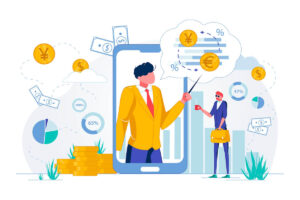
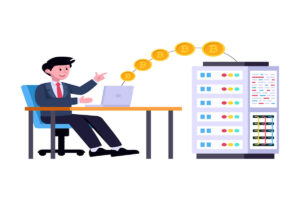
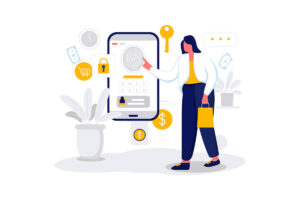
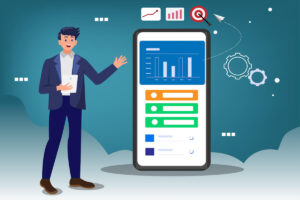
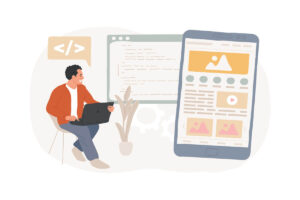

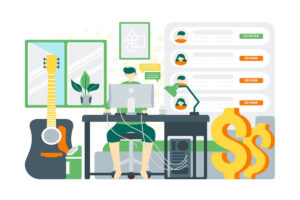
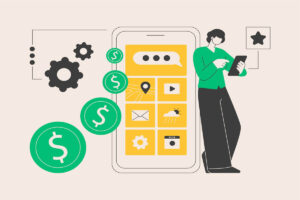
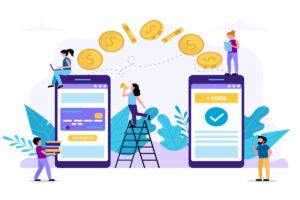


+ There are no comments
Add yours